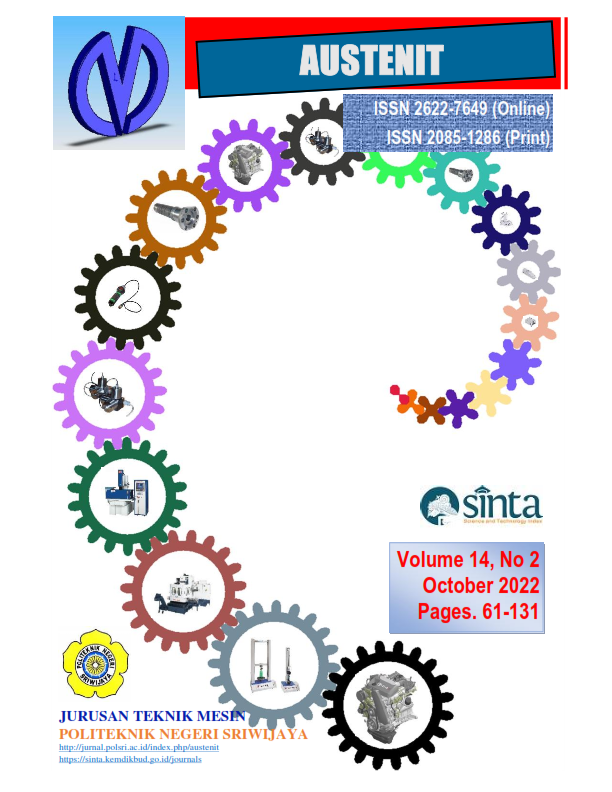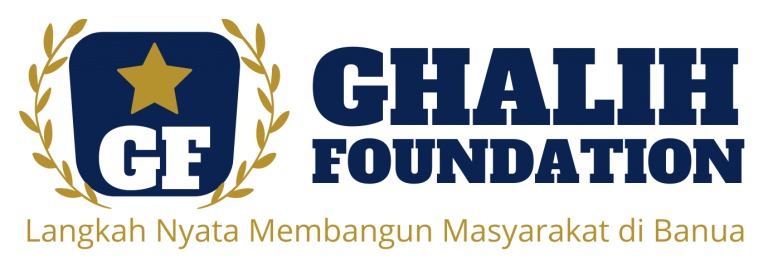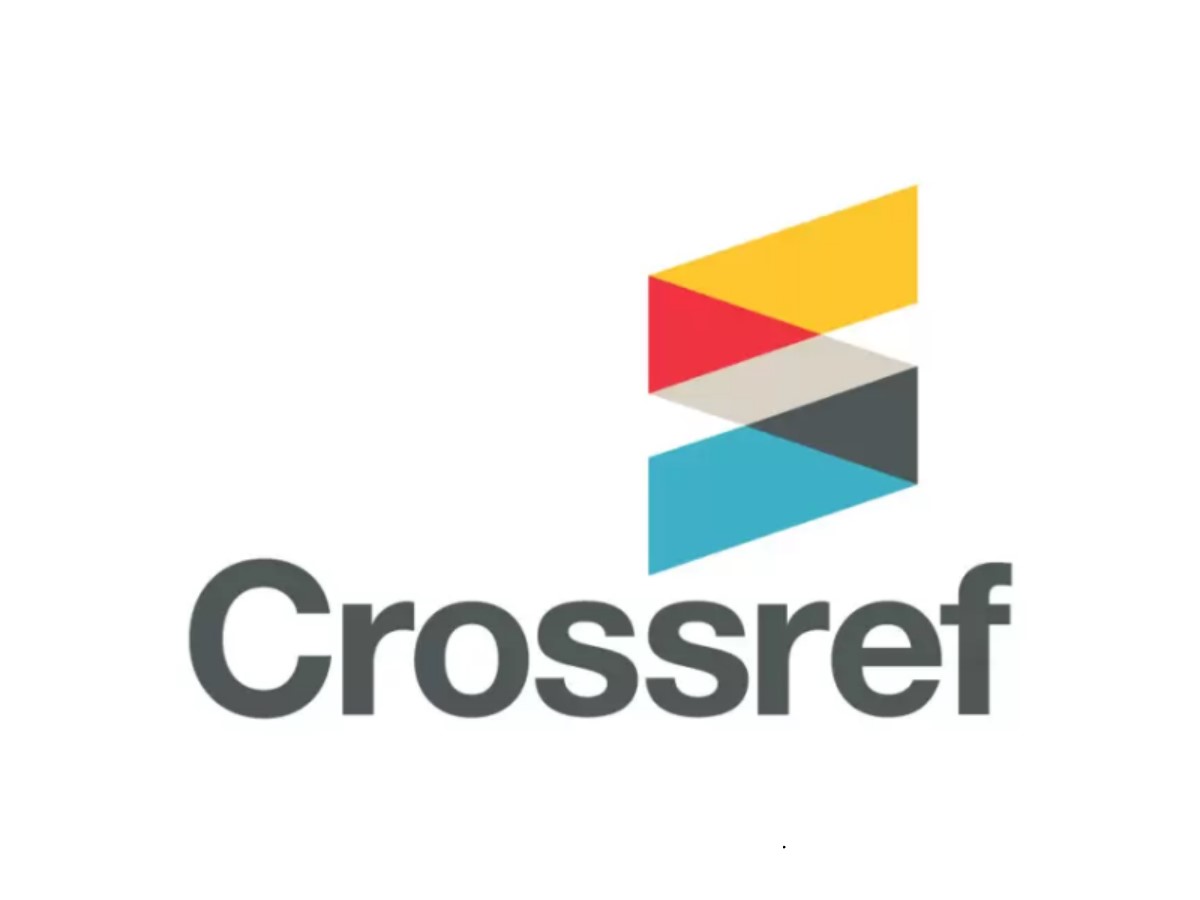ELECTROPLATING DRYING TIME MINIMIZATION THROUGH BOLT DRYER MACHINE
DOI:
https://doi.org/10.53893/austenit.v14i2.5445Keywords:
bolt, automatic dryer, time efficiency, measureable timeAbstract
One of the steps after the electroplating/coating process on the product is the drying process. In Micro, Small and Medium Enterprises, the drying process on CIV KG 0741 bolts with a diameter of 10 mm and a length of 20 mm requires a drying time of 6 hours. Drying simply and naturally has limitations, requiring a large drying area depending on the weather, time and temperature, which cannot be controlled. A simple automatic dryer is needed using a single-phase electric power source and simple and ergonomic maintenance methods to obtain a quality product with a measurable drying duration. Design and analysis of drying on the dryer. The dryer with dimensions of 680 x 480 x 967.12 mm3 has a mass of 21.94 kg with a drum capacity of 20 kg. The motor propulsion used is 1 HP, 5.08 Nm of torque and capable of rotating at 1500 rpm with an effort of 39296.66 Joules. The dryer can dry as much as 20 kg of bolts in 5 minutes faster than solar energy, with a drying time of 15 minutes to 1 hour.
Downloads
References
Schoenfeldt TI. (2008). A Practical Application of Supply Chain Management Principles. ASQ Quality Press.
Manalo RG, Manalo MV. (2010). Quality, Cost and Delivery performance indicators and Activity-Based Costing. In: 2010 IEEE International Conference on Management of Innovation & Technology [Internet]. Singapore, Singapore: IEEE; p. 869–74.
https://doi.org/10.1109/ICMIT.2010.5492805.
Sungkowo, A., Trikolas, T., Al Hakim, R. R., Riyadi, S., Arief, Y. Z., & Jaenul, A. (2021). Material Test Comparison of Pure Aluminum (Al) and Pure Aluminum-Coated (Al) with Silver (Ag) Substrat Using Electroplating Method. Electro Luceat, 7(2), 179-187.
http://dx.doi.org/10.32531/jelekn.v7i2.381.
Lee, J., Kim, H. G., Lee, J. H., Cho, S. H., Jung, K. W., Lee, S. Y., & Choi, J. W. (2020). Performance Differences Of Hexavalent Chromium Adsorbents Caused By Graphene Oxide Drying Process. Scientific Reports, 10(1), 1-8.
https://doi.org/10.1038/s41598-020-61760-2.
Yuliati, S. (2018). Unjuk Kerja Rotary Dryer Pada Proses Pengeringan Biji Kopi. Kinetika, 9(3), 38-42.
https://jurnal.polsri.ac.id/index.php/kimia/article/view/2310/1093.
R. Amyot, J.R.; Gowing, J.D.; Wylie, R.H.; Henzell. (1994). Configurability In A Diagnostic Expert System For Paper Machine Dryer Sections. Nrc Publ. Arch. Arch. Des Publ. Du Cnrc, No. 1, 1994, [Online]. Available: Https://NrcPublications.Canada.Ca/Eng/View/Object/?Id=B8e56d7d-Ea9e-42f8-Be66-Cf9b6fb18ac6.
Chandra, H., Putra, D. P., & Romli, R. (2021). Investigasion of Stress on Multi-Level Shaft using Finite element Method Based on Computer-Aided Engineering. Austenit, 13(1), 23–27. https://doi.org/10.5281/zenodo.4747728.
Hendra, Syukriah, M. Silalahi, A. Indriani, Hernadewita, And Hermiyetti. Finite Element Method Analysis For Manufacturing Design Drum Dryer Of Rotary Dryer Machine. IOP Conf. Ser. Mater. Sci. Eng., Vol. 505, No. 1, 2019. https://iopscience.iop.org/article/10.1088/1757-899X/505/1/012133.
Pham Le, Q., Uspenskaya, M. V., Olekhnovich, R. O., & Baranov, M. A. (2021). The Mechanical Properties Of Pvc Nanofiber Mats Obtained By Electrospinning. Fibers, 9(1), 2. https://doi.org/10.3390/fib9010002.
Saracoglu, G., & Yapici, A. (2016). Fatigue Analysis Of Girth Gear Of A Rotary Dryer. Engineering Failure Analysis, 68, 187-196.
https://doi.org/10.1016/j.engfailanal.2016.05.024.
Muhammad, M., Yuniarti, E., Sofiah, S., Saputra, A., & Pani, A. (2021). Performa Motor Induksi Satu Phasa Sebagai Penggerak Mesin Pengering. Jurnal Tekno, 18(2), 1-10. https://doi.org/10.33557/jtekno.v18i2.1469.
Sundari, E., Taufikurrahman, T., & Syaputra, M. B. (2020). Pengaruh Variasi Temperatur Pemanasan terhadap Kekerasan dan Ketebalan Lapisan pada Chromizing Baja ST 37. Austenit, 11(2), 54–58. https://doi.org/10.5281/zenodo.454781.
Muin, A. (2017). Peningkatan Kinerja Kompor Surya Tipe Kotak dengan Penambahan Cermin Reflektor. Austenit, 9(2). https://doi.org/10.5281/zenodo.4547625.
Downloads
Published
How to Cite
Issue
Section
License
Copyright (c) 2022 Authors and Publisher

This work is licensed under a Creative Commons Attribution-ShareAlike 4.0 International License.
The Authors submitting a manuscript do so on the understanding that if accepted for publication, Authors retain copyright and grant the AUSTENIT right of first publication with the work simultaneously licensed under a Creative Commons Attribution-ShareAlike License that allows others to share the work with an acknowledgment of the work's authorship and initial publication in this journal.
AUSTENIT, the Editors and the Advisory International Editorial Board make every effort to ensure that no wrong or misleading data, opinions or statements be published in the journal. In any way, the contents of the articles and advertisements published in AUSTENIT are the sole responsibility of their respective authors and advertisers.















